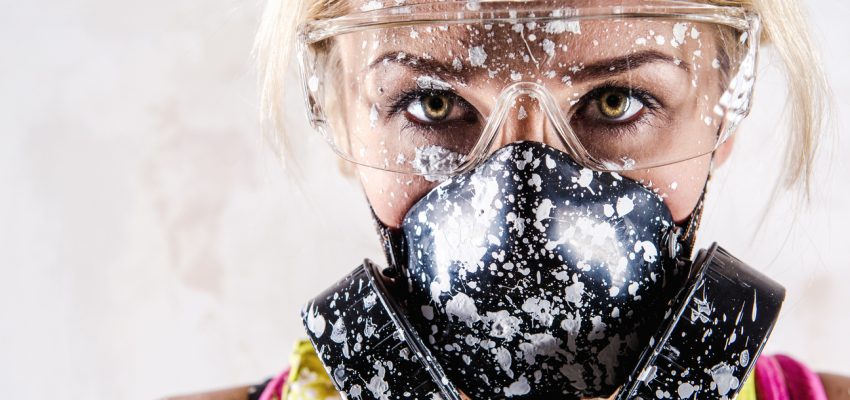A few strategic dollars spent on getting your home sealed up tight will save you money when Jack Frost arrives. Making some changes in the fall will keep you cozy and reduce your hydro bills. Using less energy will also slash your carbon footprint for a greener, more eco-friendly home.
Window Coverings
Switching out your windows for Energy Star options can be a big energy saver. If you are replacing single-pane windows, you can look forward to savings of between $126–$465 a year. If you are replacing double-pane windows, you can expect savings of $27–$111 a year.
If switching out your windows is not an option, consider installing blinds and curtains. Leave window coverings open during the day so sunshine can heat your home, and then draw the curtains at night. You can save 13-14% on your energy bill when utilizing blinds and 15-17% with curtains.
You can bolster your window energy savings with a plastic insulation kit which you can install yourself. Your local hardware store will be able to help you out with these and you can save up to $17 a window this winter.
Flush your Water Heater
Over the year, sediment collects at the bottom of the water heater and reduces the efficiency of the appliance. Turn off the water heater and place a bucket under the drainage tap. Allow all the sediment to run out before closing the tap.
Check your Chimney
Before you use your fireplace, get your chimney cleaned and checked. Soot buildup and animal nests can be dangerous and cause a chimney fire. Check that the damper is in good working order. If you don’t intend on using your fireplace this winter, block the chimney to avoid losing warm air.
Get in insert for your chimney that redirects warm air into the home instead of out the chimney.
Roof Maintenance
Check that the shingles are all in good working order. Replace any that are damaged or lifting.
Clean the gutters of fall debris and repair any damaged ones.
Inspect the insulation in your attic to ensure that it is not damp, that is has not settled and that it has no gaps or holes in it. Ensure that the attic door is also insulated.
Are the attic vents covered by insulation? Proper attic ventilation will mean that any moisture that finds its way into the attic will be able to evaporate.
Seal any gaps or holes in the attic and roofing structure with wire mesh. Animals like squirrels and other rodents will be looking to find winter nests. They can do quite a bit of damage to wiring and insulation if they nest inside the house.




